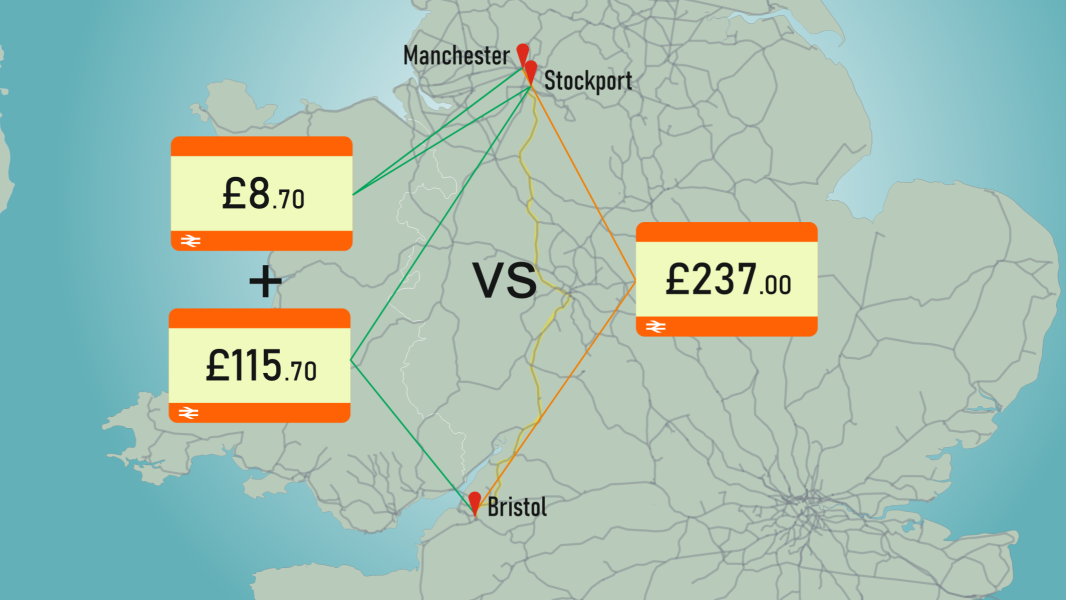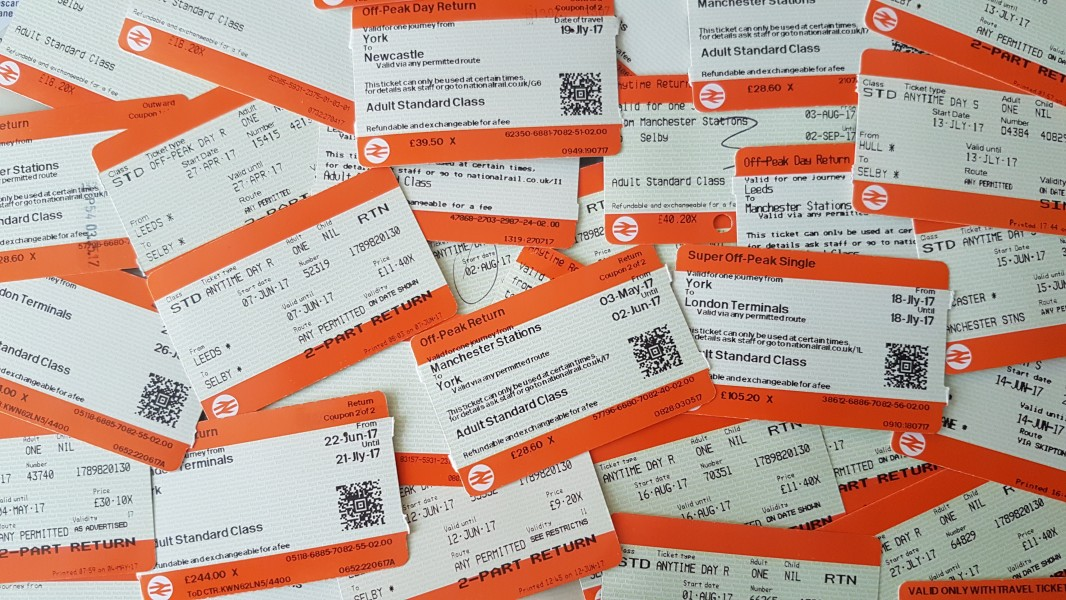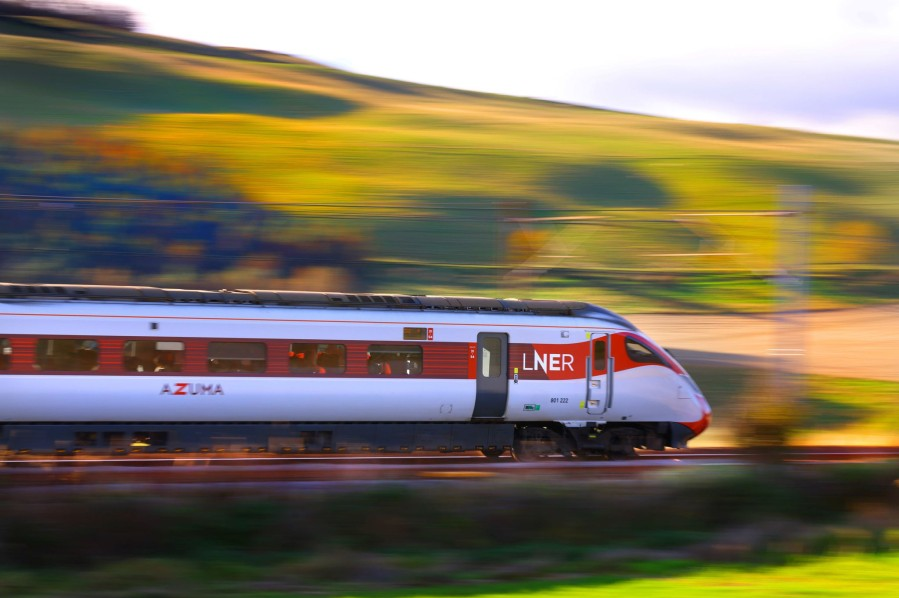Commentary on the complexity of GB rail fares often cites "there are xxx million different rail fares" - the implication being that a smaller number would be better.
I've long wondered how these claims are calculated, so decided to do my own calculations.
Every week we take the official fares data feed from the Rail Data Marketplace, load it into our database, and run a series of calculations against it to update the table below.
In practice, this is largely spurious analysis: the fact that Amazon has 600 million products listed, compared to 50,000 in a supermarket doesn't make Amazon inherently more complicated.
The same is true for rail fares, it's not the absolute number of different fares that makes it complicated, but opaque differences in rules and validity. But people like to cite a number, so I thought I'd calculate it for them.
| 7,161,134 | unique price points for undiscounted adult fares (unique ticket type, origin, destination, route) |
|---|---|
| 201,689,770 | unique undiscounted adult tickets that could be issued (as many of the above cover more than one station – what is known as "clusters" in industry jargon) |
| 334,433,770 | unique directional undiscounted adult tickets that could be issued, when allowing for direction of travel (as many can be issued in either direction and not all routes have symetric fares) |
| 1,105,006,130 | allowing for various season ticket validity periods (there are 2,300,216 season fares. These can have a validity between 1 month and 365 days, so each has 335 variants. Therefore add another 770,572,360 to the above) |
| 2,210,012,260 | allowing for adult and child variants (almost all the above can be both adult and child variants, so double the above) |
| 2,544,446,030 | allowing for Railcard discounts (Almost all the non-season ticket fares attract a railcard discount, add another 334,433,770 for the "third off" variant) |
| - | - |
| 162 | There are 162 different "Off Peak" tickets, which use 325 different defintions of "Off Peak" times. The most complex definition of "Off Peak" consists of 740 rules. |
| - | - |
| 262 | Different Railcard types, corporate discounts, and similar |
| 465 | Different "Restriction Codes" (e.g. for definition of Off-Peak times) |
| 915 | Different "Route" restrictions (e.g. via/avoid specific place or operator) |
| 1791 | Different ticket types (with 713 unique ticket names) |
Data last updated: 2025-12-20 06:41:12
(nb: The statistics for routes, restrictions and ticket types only count those actively used in the fares data. In practice there are quite a lot more listed in the reference data which are unused.)
How much does it cost to travel to X?
I also thought it would be vaguely interesting to plot rail fares on a map, so I did that too. It shows the fully flexible standard class "Anytime Single" fare via the most flexible route. That's effectively the most you would ever have to pay to travel between the two places. Cheaper options are almost always available.
I've written various things about GB rail fares:

|
|

|
|

|